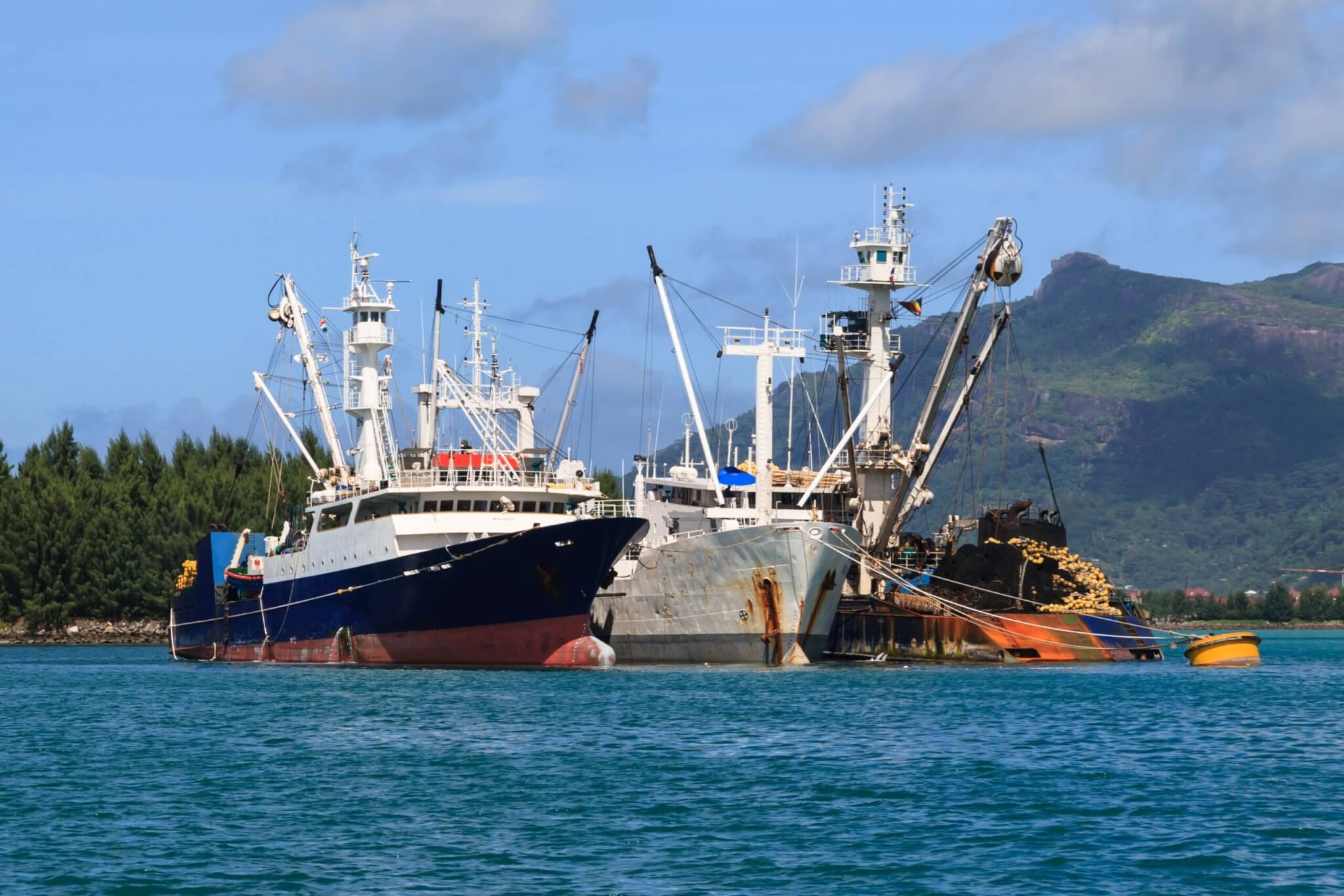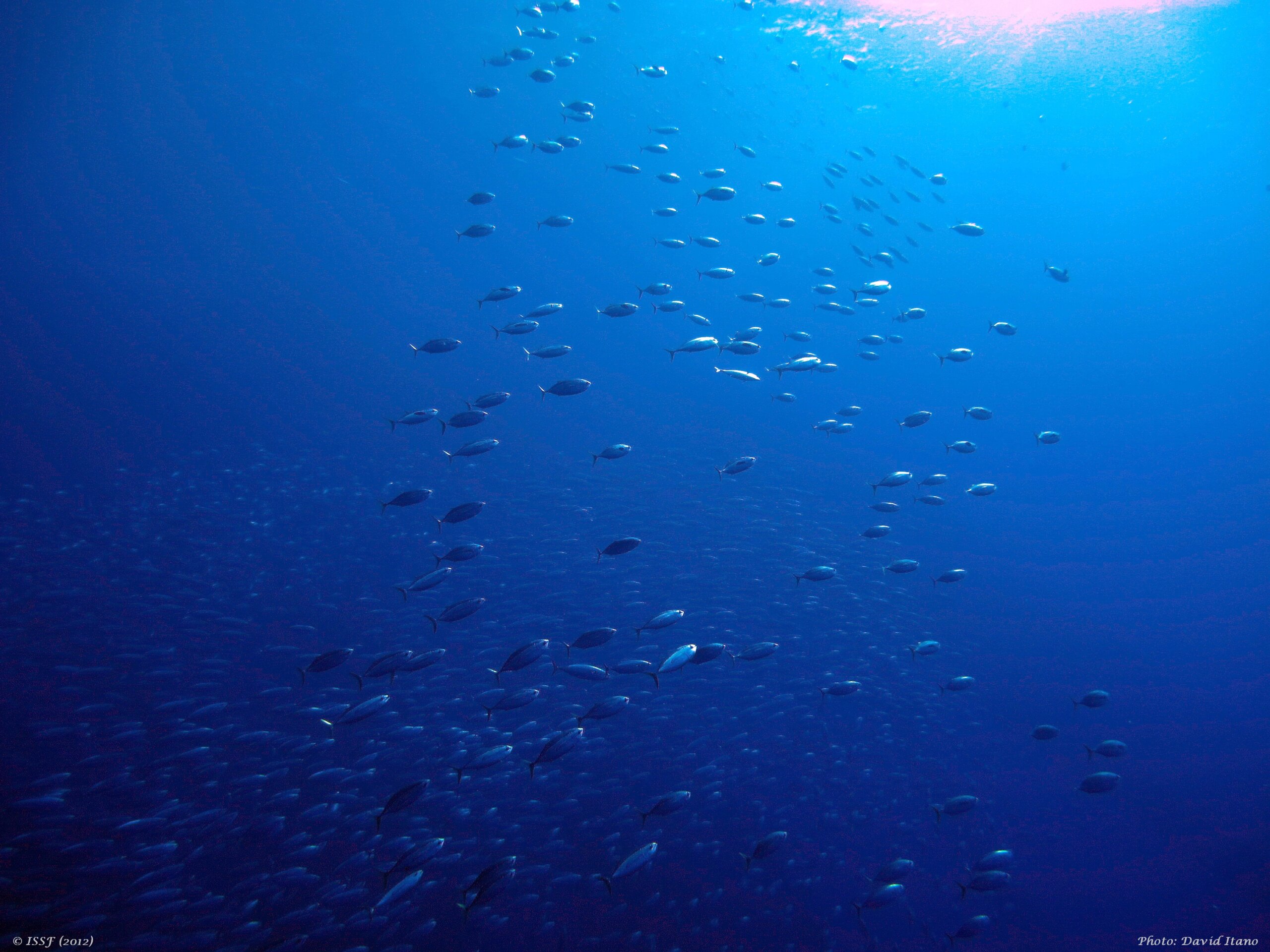“Electronic monitoring revival shows we can still do hard things” | NEW Op-ed & Updated Resources
Featured News
Op-Ed: Electronic monitoring revival shows we can still do hard things
“This time last year, we were stuck. It seemed our once-energetic, innovative, tuna-centric community was still trying to shake off the gumption-deadening malaise of the 2020–2023 Covid-19 pandemic. After witnessing many years of progress toward global sustainability goals, I was so struck by this apparent loss of drive that I wrote a warning essay about what I saw: A widespread and alarming loss of urgency,” writes Susan Jackson, ISSF President.
“To drive my point home, I focused on one issue I consider the “poster child” of sustainability-enhancing technologies, onboard electronic monitoring systems (EMS). Quite bluntly, I called out a persistent failure to position electronic monitoring (EM) as the norm for ensuring independent observer coverage in the world’s tuna fisheries, despite technical advances in comparable fields and a drumbeat of science-based advocacy. Today, I’m happy to eat my words.”
Keep reading in World Fishing & Aquaculture (subscription required)
Featured Content
What is Electronic Monitoring?
An electronic monitoring system (EMS) is an advanced fishing-monitoring system installed in fishing vessels that integrates a set of components for continuously recording information during fishing trips. EMS largely consist of cameras integrated with GPS that register exact positions, and sensors that start recording when they detect specific actions on the vessels — such as setting or hauling fishing gear.
EMS, if properly installed and designed, can be considered a reliable and accurate method to estimate catches and monitor fishing activities onboard vessels. EMS can be valuable for science and compliance purposes.
Learn more by accessing relevant reports, op-eds, and infographics on our EM landing page on the ISSF website including a new fact sheet explaining how EMS help to support more sustainable tuna fishing.
ICYMI
BLOG ROUND UP: Reviewing Recent Outcomes for Tuna Fisheries
As we look forward to another year of collaborative work at ISSF, we’re looking back at last year’s notable results. From electronic monitoring to FAD management, how did tuna regional fisheries management organizations (RFMOs) progress priority areas of sustainable fisheries management?
Featured Graphic
An updated infographic shows how all tuna RFMOs have made progress in using electronic monitoring (EM) systems to provide on-board vessel monitoring.
RFMOs begin using data received from EM systems for scientific and/or compliance purposes approximately two years after the adoption of EM minimum standards: one year for program implementation, and an additional year for data review and submission. However, for those CPCs currently implementing an EM program, this timeline could be shortened to one year.



